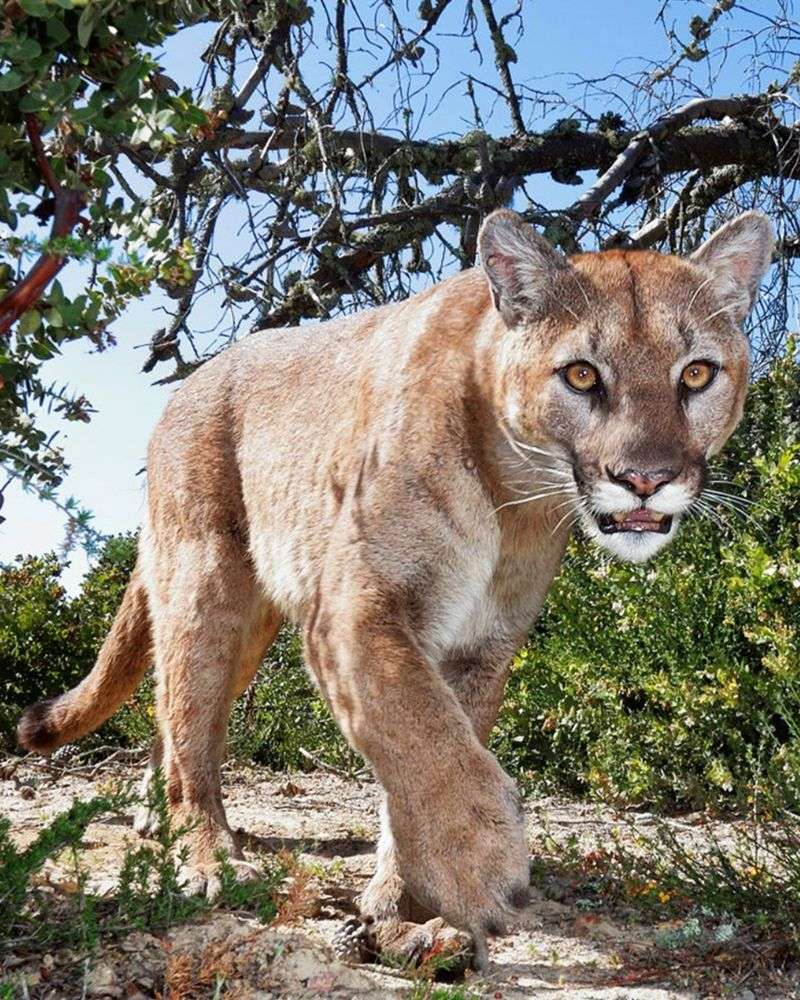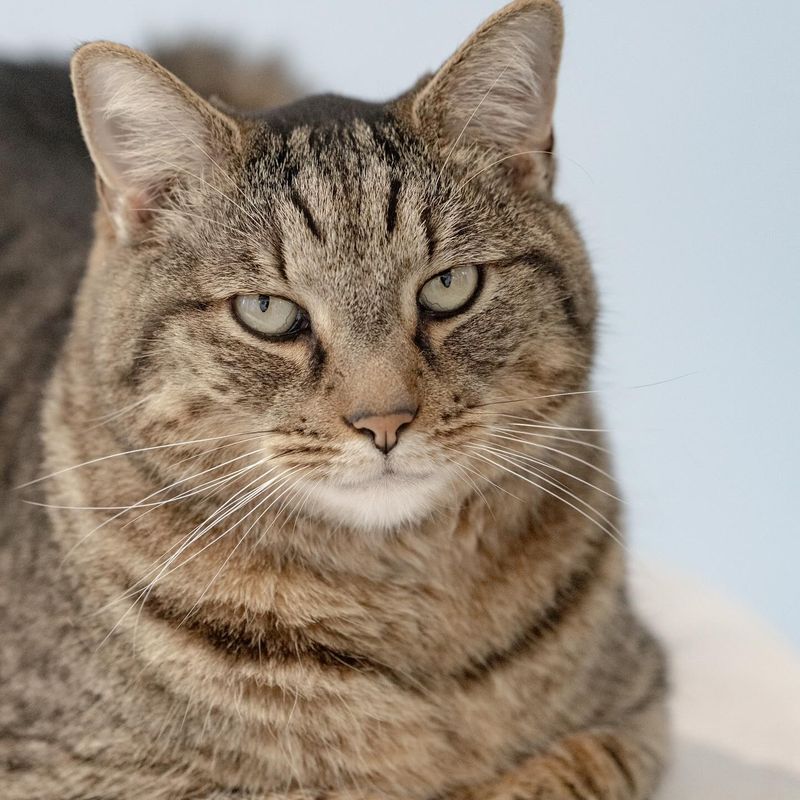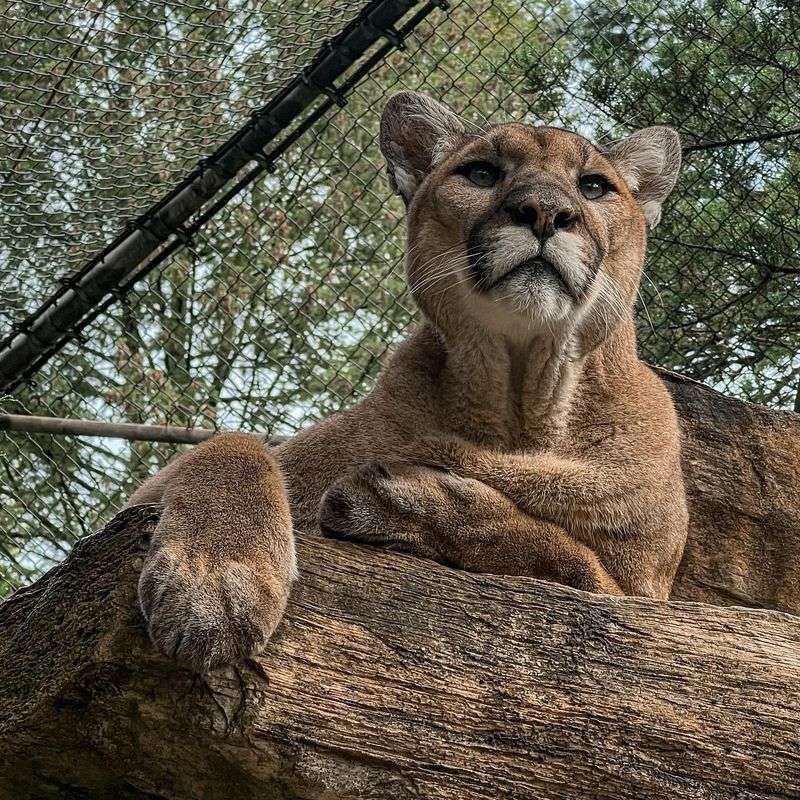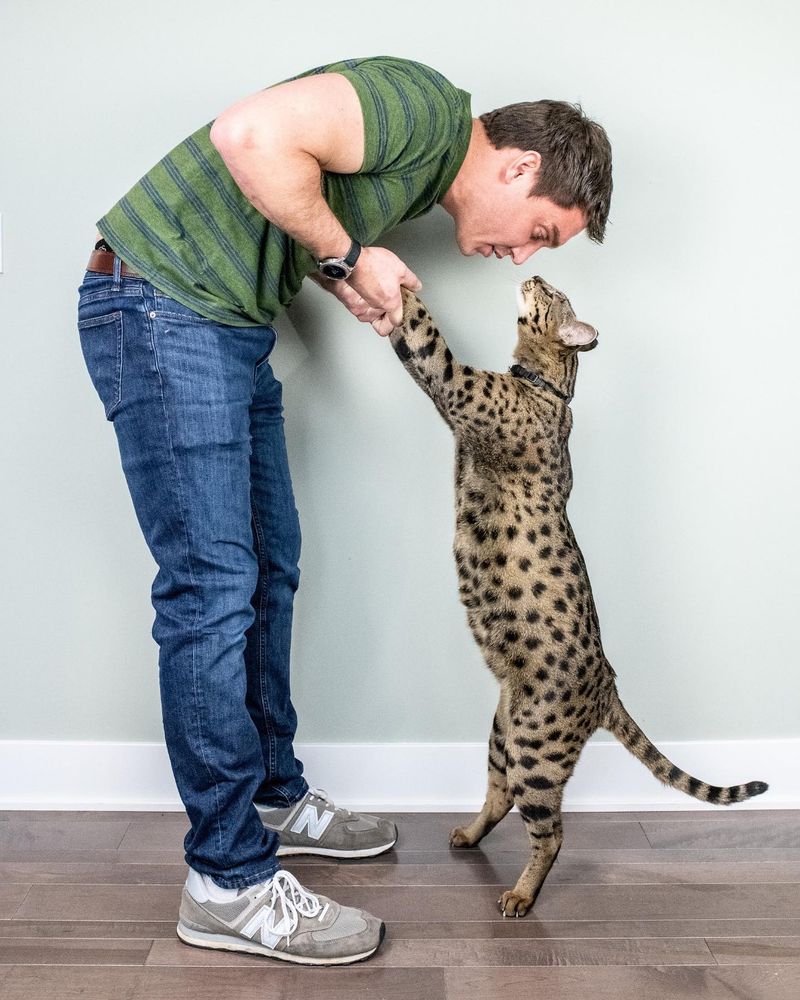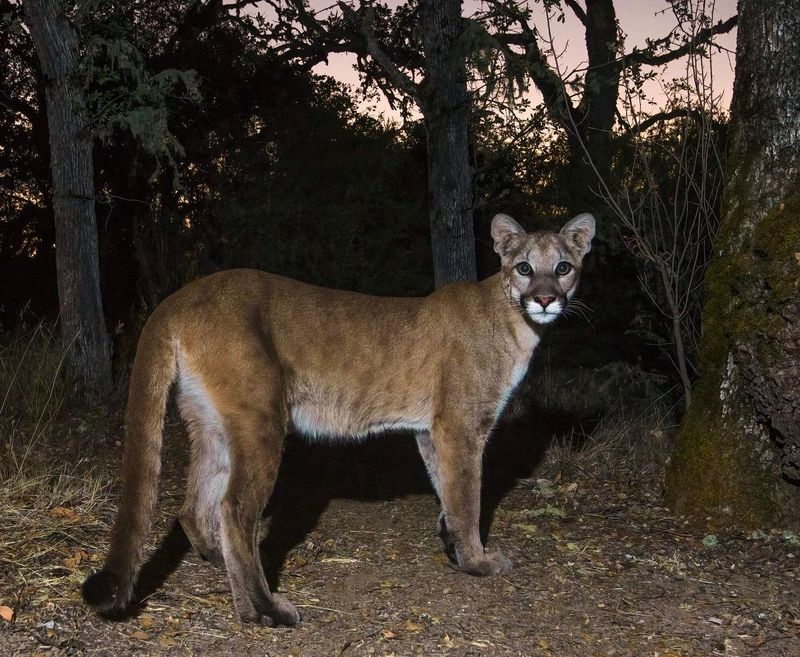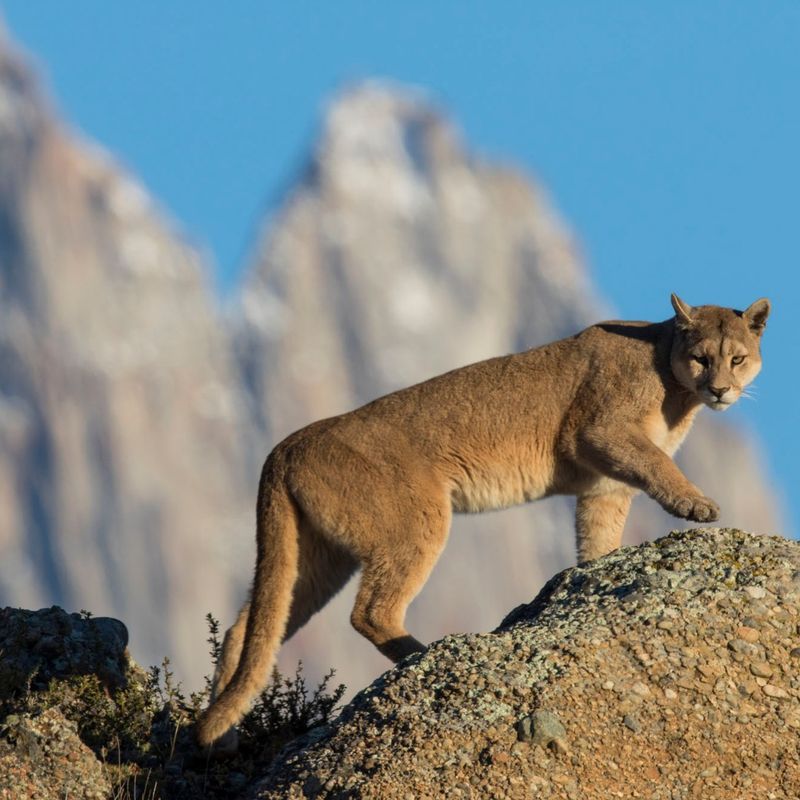📖 Table of Content:
- 1. Size Matters: The Unmistakable Difference
- 2. Tail Tales: What the Back End Reveals
- 3. Face Structure: Reading Feline Features
- 4. Color Patterns: Nature’s Telltale Markings
- 5. Movement Style: The Walk That Speaks Volumes
- 6. Habitat and Location: Context Provides Clues
- 7. Behavior When Spotted: Reaction Reveals Identity
You’re out on a trail, the sun dipping low, when you catch a glimpse of something slinking through the brush. It’s feline—but massive. Your heart skips. Is that an oversized housecat gone rogue, or are you staring down one of North America’s most elusive predators?
Mistaking a mountain lion for a domestic cat—or vice versa—is easier than you think, especially from a distance. But the difference between the two isn’t just a matter of curiosity; it could be the line between a peaceful stroll and a dangerous misstep. In an age where wild spaces and suburban sprawl are increasingly colliding, these feline mix-ups are happening more often than ever.
This isn’t just about identification—it’s about awareness. Whether you’re a hiker, a homeowner, or just someone who’s looked out the window and thought “Wait… what was that?”—understanding how to tell a cougar from a common kitty could help you stay safe and calm when it counts.
From tail tips to movement style, here’s how to separate the cuddly from the cunning—so you never mistake a predator for a pet again.
1. Size Matters: The Unmistakable Difference
Mountain lions dwarf even the largest domestic cats by a considerable margin. An adult cougar typically weighs between 80-200 pounds and measures 7-8 feet long from nose to tail tip. That’s roughly five times bigger than your average Maine Coon!
Your neighbor’s chunky tabby might look substantial lounging on the porch, but place it next to a mountain lion and the comparison becomes laughable. Domestic cats rarely exceed 20 pounds, even the biggest breeds.
When observing from a distance, consider what the animal looks like compared to surrounding objects. If it appears similar in size to a medium dog rather than a typical housecat, you’re likely looking at a mountain lion.
2. Tail Tales: What the Back End Reveals
The tail provides one of the most reliable identification markers between these felines. Mountain lions possess distinctively long, thick tails that typically measure about 2-3 feet, often nearly as long as their bodies. These powerful tails usually have a dark tip and maintain their thickness all the way to the end.
Domestic cats, even large breeds, have proportionally shorter tails that taper to a thin point. Their tails rarely exceed 12-14 inches in length.
Watch how the animal carries its tail too. Mountain lions often hold their tails low or slightly curved, while house cats frequently display an upright, question-mark shaped tail when alert or happy.
3. Face Structure: Reading Feline Features
Mountain lions possess distinctly different facial structures from their domestic cousins. Their faces feature a blocky, muscular appearance with a prominent brow ridge that gives them an intense, focused expression. Their muzzles are broader, and their ears appear proportionally smaller compared to their head size.
Looking at a housecat, you’ll notice a more delicate, triangular face shape. Domestic cats have larger, more prominent ears relative to their head size, creating that classic pointed silhouette we associate with felines.
The eyes differ noticeably, too. Mountain lions have rounded pupils that contract to circles in bright light, while domestic cats have distinctive vertical-slit pupils that narrow to thin lines in sunshine.
4. Color Patterns: Nature’s Telltale Markings
“What a strange-looking bobcat!” exclaimed a hiker once, mistakenly identifying a tabby cat. Unlike many domestic cats, mountain lions lack distinct stripes, spots, or complex patterns. Adult cougars display a uniform tawny-beige to reddish-brown coat across their entire body, sometimes with lighter underparts.
Domestic cats come in countless color variations—calicos, tabbies, tortoiseshells, and solid colors. Even solid-colored housecats often have subtle striping or ghost markings visible in certain lighting.
Young mountain lion cubs do have spots, but they fade as they mature. If you see a medium-to-large cat with bold stripes, spots, or patches, you’re almost certainly looking at someone’s pet or perhaps another wild species like a bobcat.
5. Movement Style: The Walk That Speaks Volumes
Watching how a cat moves can instantly reveal its wild or domestic nature. Mountain lions display a distinctive, powerful gait with shoulders that roll noticeably as they walk. Their movements appear fluid yet purposeful, with an unmistakable predatory confidence.
Ever noticed how your housecat prances? Domestic cats typically move with shorter, quicker steps and a more upright posture. They often appear bouncier and less grounded than their wild counterparts.
Mountain lions can also leap extraordinary distances—up to 40 feet horizontally and 15 feet vertically in a single bound. If you see a cat effortlessly clearing tall obstacles or covering significant ground in graceful leaps, that’s a strong indication you’re witnessing a mountain lion, not someone’s escaped pet.
6. Habitat and Location: Context Provides Clues
Found a cat-like creature while hiking remote wilderness areas? Location significantly narrows identification possibilities. Mountain lions prefer rugged, undeveloped terrain with adequate cover and prey—typically deer-populated forests, mountains, and canyons away from human settlements.
A large cat spotted in suburban areas, agricultural land, or near homes is more likely domestic. However, increasing habitat loss has pushed mountain lions closer to human communities in some regions, particularly in western North America.
Regional knowledge helps, too. No mountain lions exist in the wild in most eastern states (except Florida’s endangered panthers). If you’re in Maine or New York spotting a large feline, you’re almost certainly seeing someone’s pet Maine Coon or other domestic breed.
7. Behavior When Spotted: Reaction Reveals Identity
When human and feline paths cross, reactions speak volumes about species. Mountain lions typically avoid human encounters. If spotted, a wild cougar usually retreats quickly or watches cautiously from a distance. They rarely approach humans directly unless cornered or protecting their young.
Feral house cats might initially seem similar by running away, but domestic cats—even strays—often display curiosity toward humans. They might freeze, meow, or even approach if accustomed to people.
Mountain lions remain silent during most encounters. If you hear typical “meowing” vocalizations, you’re almost certainly dealing with a domestic cat. Mountain lions instead make distinctive screams, growls, and chirping sounds rarely heard during casual human encounters.

